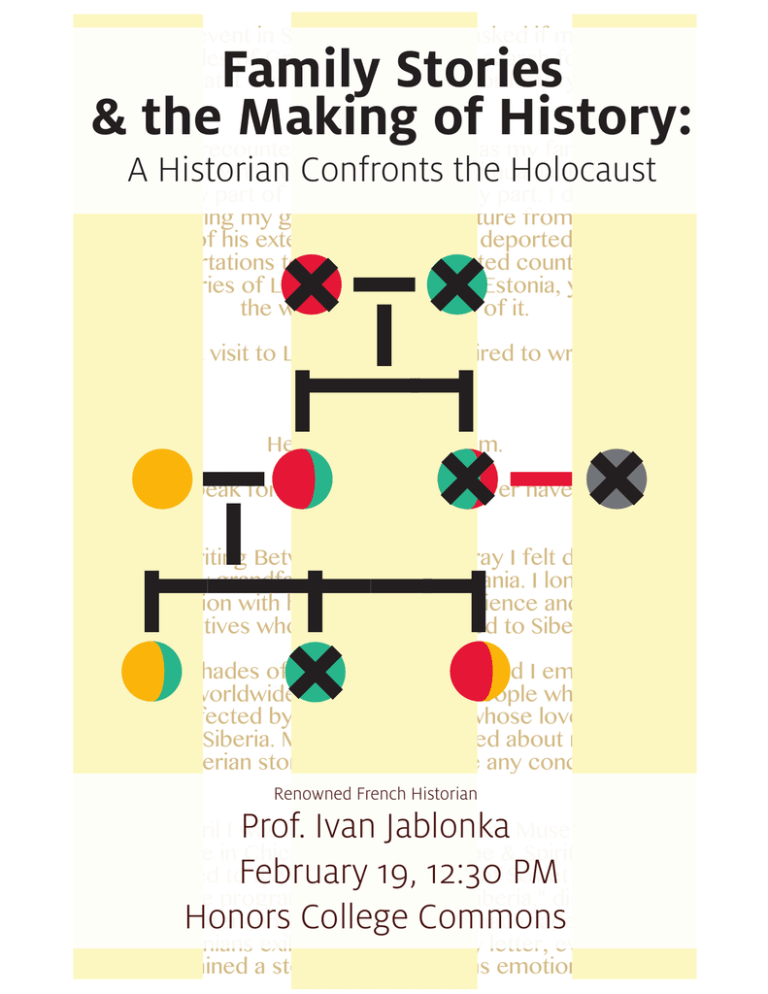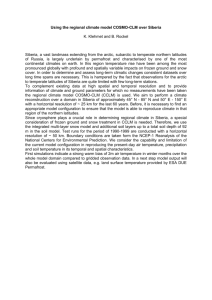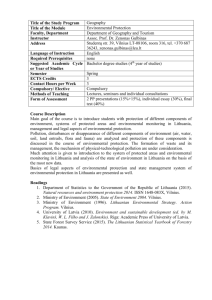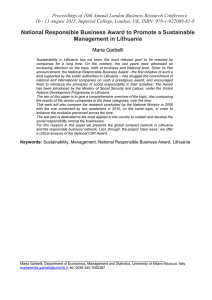Family Stories
advertisement

At a recent event in Sweden, a student asked if my novel, Between Shades of Gray, was primarily a search for history. I explained that it was not only a search for history, but also a search for story. Family Stories & the Making of History: For years I recounted what I thought was my family's story. Then in 2005, while visiting relatives in Lithuania, I discovered I only knew part of the story, the happy part. I didn't know that following my grandfather's departure from Lithuania, members of his extended family were deported to Siberia. Stalin's deportations to Siberia had affected countless families in the countries of Lithuania, Latvia, and Estonia, yet much of the world knew nothing of it. A Historian Confronts the Holocaust During that visit to Lithuania I was inspired to write a book. One girl. Her dream of freedom. A voice to speak for those who would never have a chance to tell their story. As I was writing Between Shades of Gray I felt deeply connected to my grandfather's love of Lithuania. I longed to have a conversation with him about his experience and about our relatives who had been deported to Siberia. Between Shades of Gray was released and I embarked on book tours worldwide. I met countless people whose families had been affected by Stalin's terror or whose loved ones had perished in Siberia. Many people inquired about my family's personal Siberian story, but I didn't have any concrete details toFrench share. Renowned Historian Prof. Ivan Jablonka February 19, 12:30 PM Honors College Commons Then last April I was invited to the Balzekas Museum of Lithuanian Culture in Chicago to attend "Hope & Spirit," an exhibition dedicated to the millions of victims of Soviet atrocities. A portion of the program, "Letters From Siberia," displayed hundreds of letters and photographs that had made their way from Lithuanians exiled in Siberia. Every letter, every photograph, contained a story. The exhibit was emotional, passion-






